Desert landing: Mann Shinar and Moshe Zur create Israel's new Ramon airport
Carefully positioned in the midst of a desert landscape in Israel's Timna Valley, the country's second major airport – Ramon International – is currently in construction. This major infrastructure hub, planned from scratch and built on virgin land, sits just 18 km north of Eilat, the resort city at the northern tip of the Red Sea.
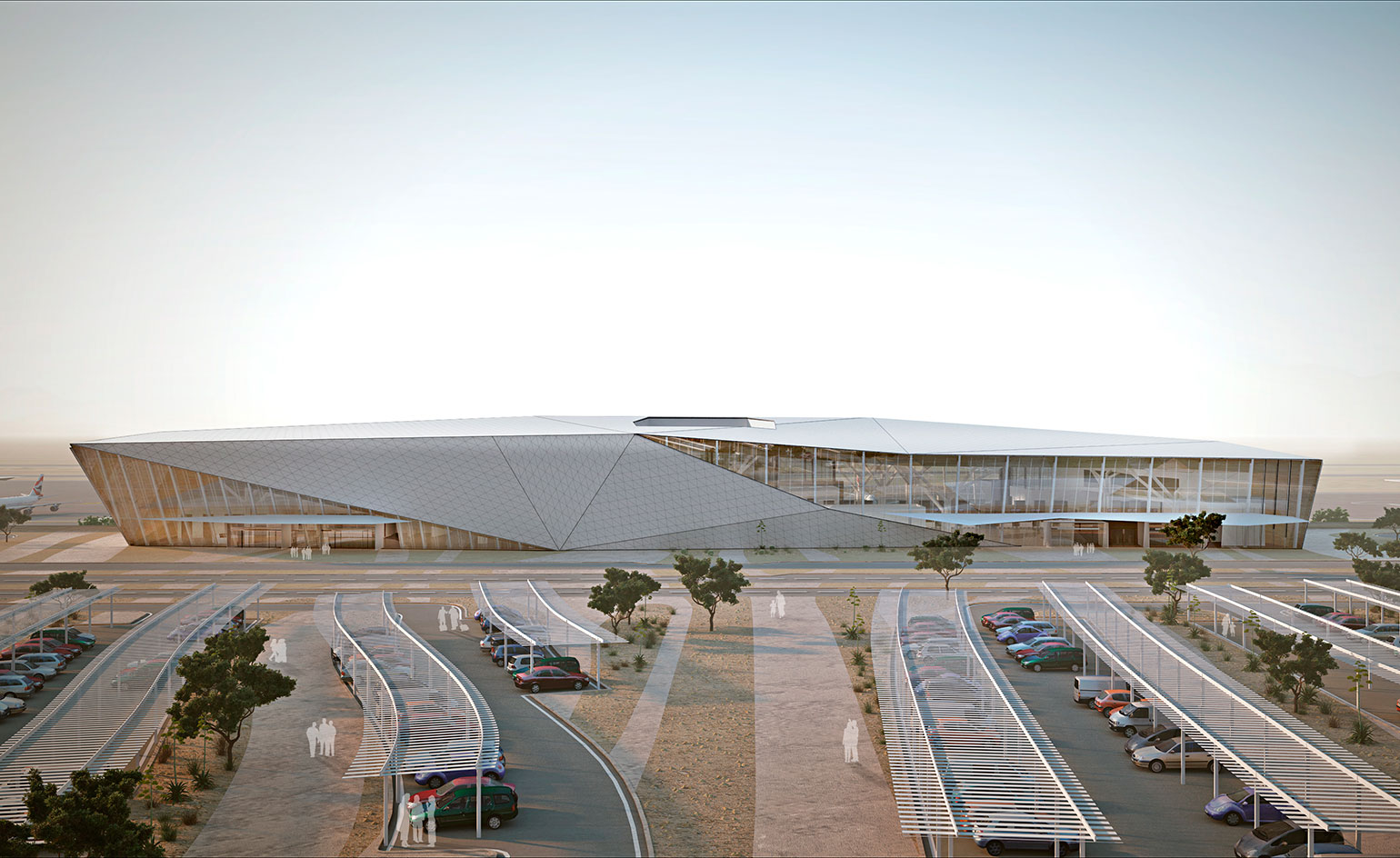
Carefully positioned in the midst of a desert landscape in Israel's Timna Valley, the country's second major airport – Ramon International – is currently in construction. This major infrastructure hub, planned from scratch and built on virgin land, sits just 18 km north of Eilat, the resort city at the northern tip of the Red Sea.
Over 30 months, two of the country's leading firms – Mann Shinar and Moshe Zur Architects – partnered to deliver the Israeli Airport Authority commissioned project, which is planned to serve 2.25 million passengers for its first phase and opening, and 4.25 million in phase two (c. 2030). The airport harbours a 3600m single runway, a 40,000 sq m passenger terminal building, a 50m high air control tower, plus supporting structures and a terminal for private aviation.
The terminal itself echoes a desert boulder – described by the architects as a 'self-shading mass' – that is sculpted by the movements of wind and rain, also determined by the passenger flow at arrivals and departures. It is laid out in a simple, yet elegant box – all infrastructures on the bottom level and all passenger traffic at the top level.
The exterior of the building is striking, featuring cladding of white triangular aluminium plates. 'From the window of an airplane the view is seemingly alien-like – a modern mirage within the desert surrounding,' say the architects. The generous, open-plan interior has a completely different feel as it radiates warmth with its cladded wooden bamboo strips.
The architects see this project as a 'one-off opportunity to fully control the plan and design of all built elements', creating what they call a 'continuous language and approach', spanning from furniture elements and details, to the overall vision. Opening is currently scheduled for 2017.
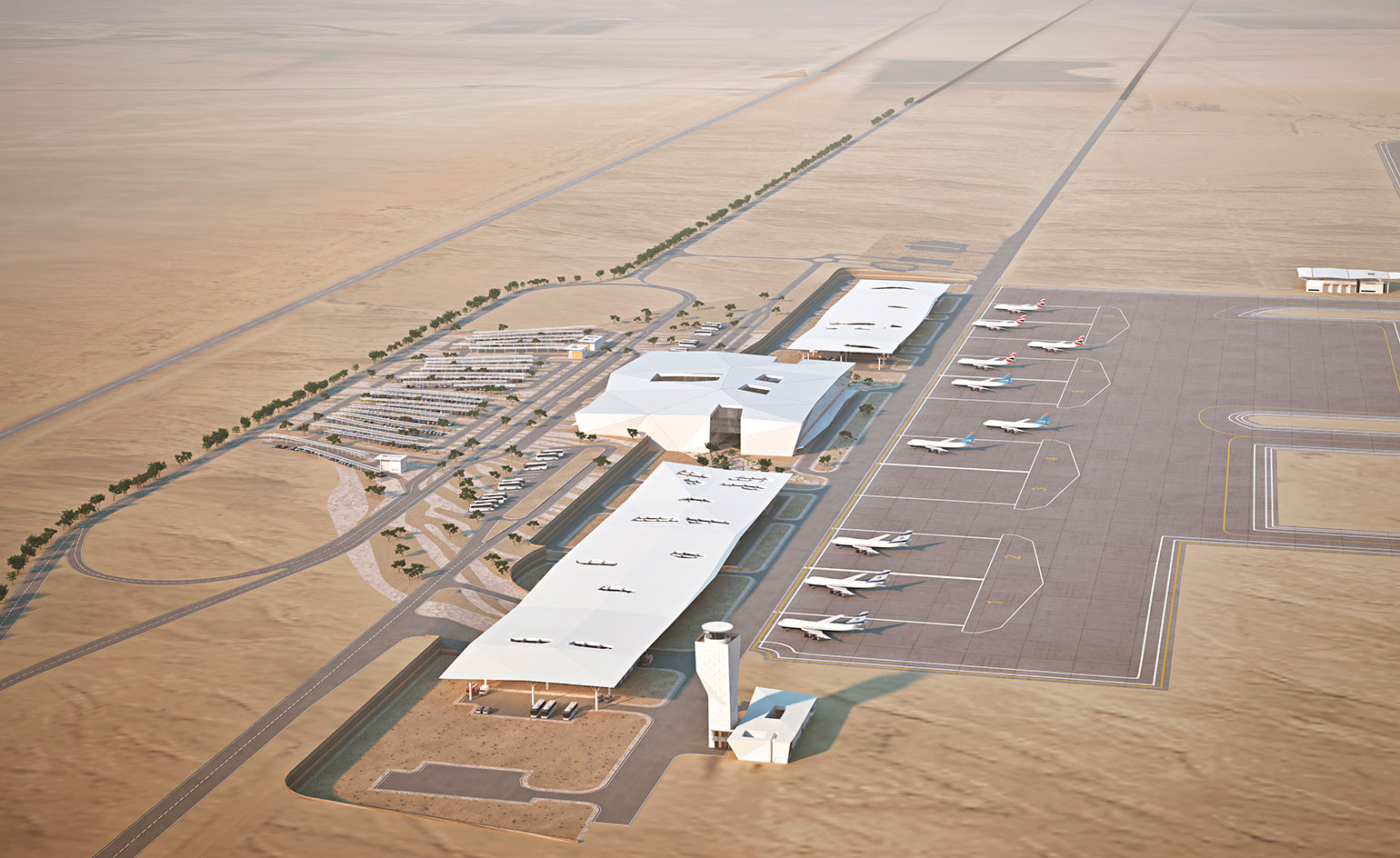
The new travel hub will sit just 18 km north of Eilat, the resort city at the northern tip of the Red Sea
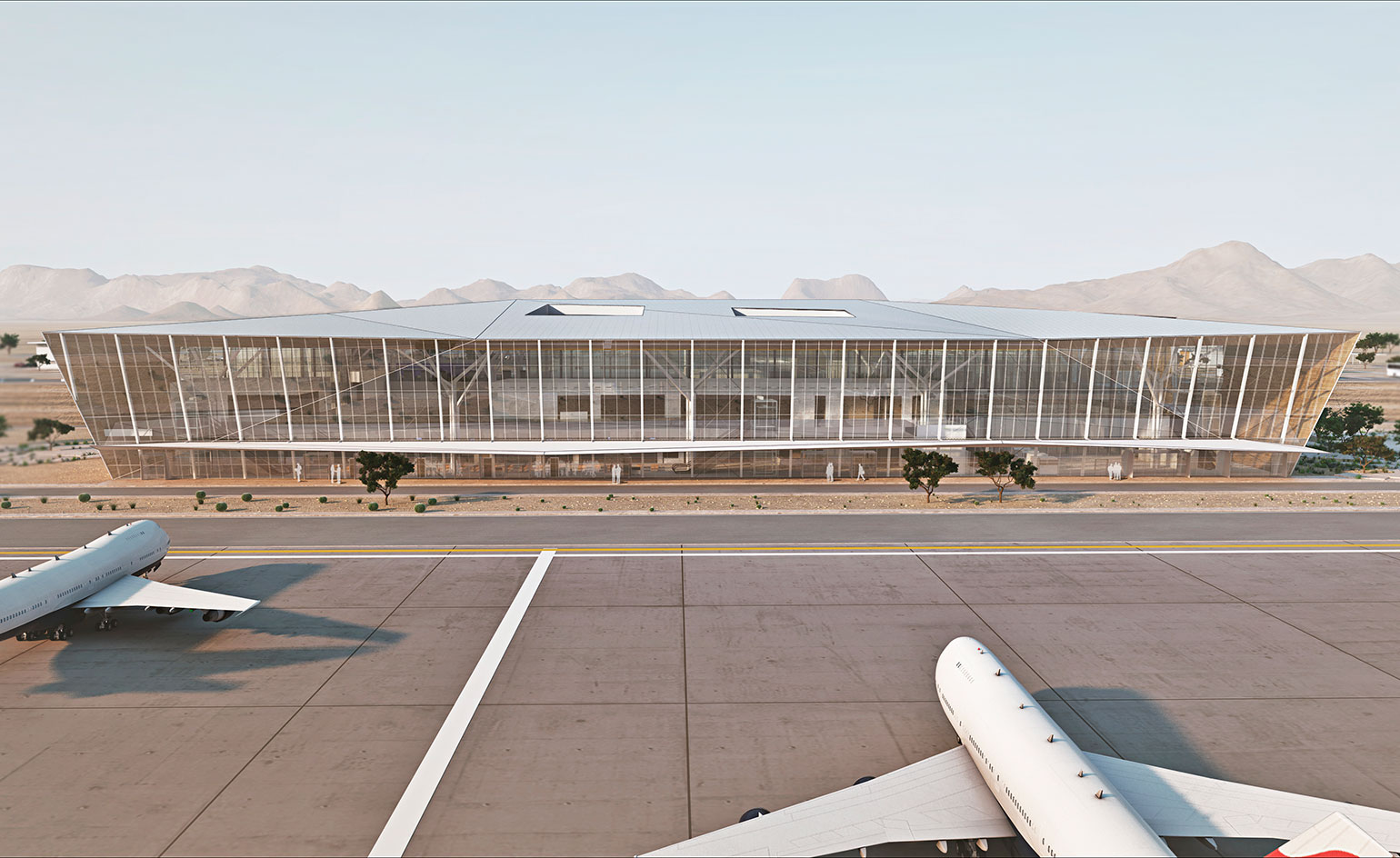
The airport's striking exterior features uniformly cladded, white triangular aluminium plates
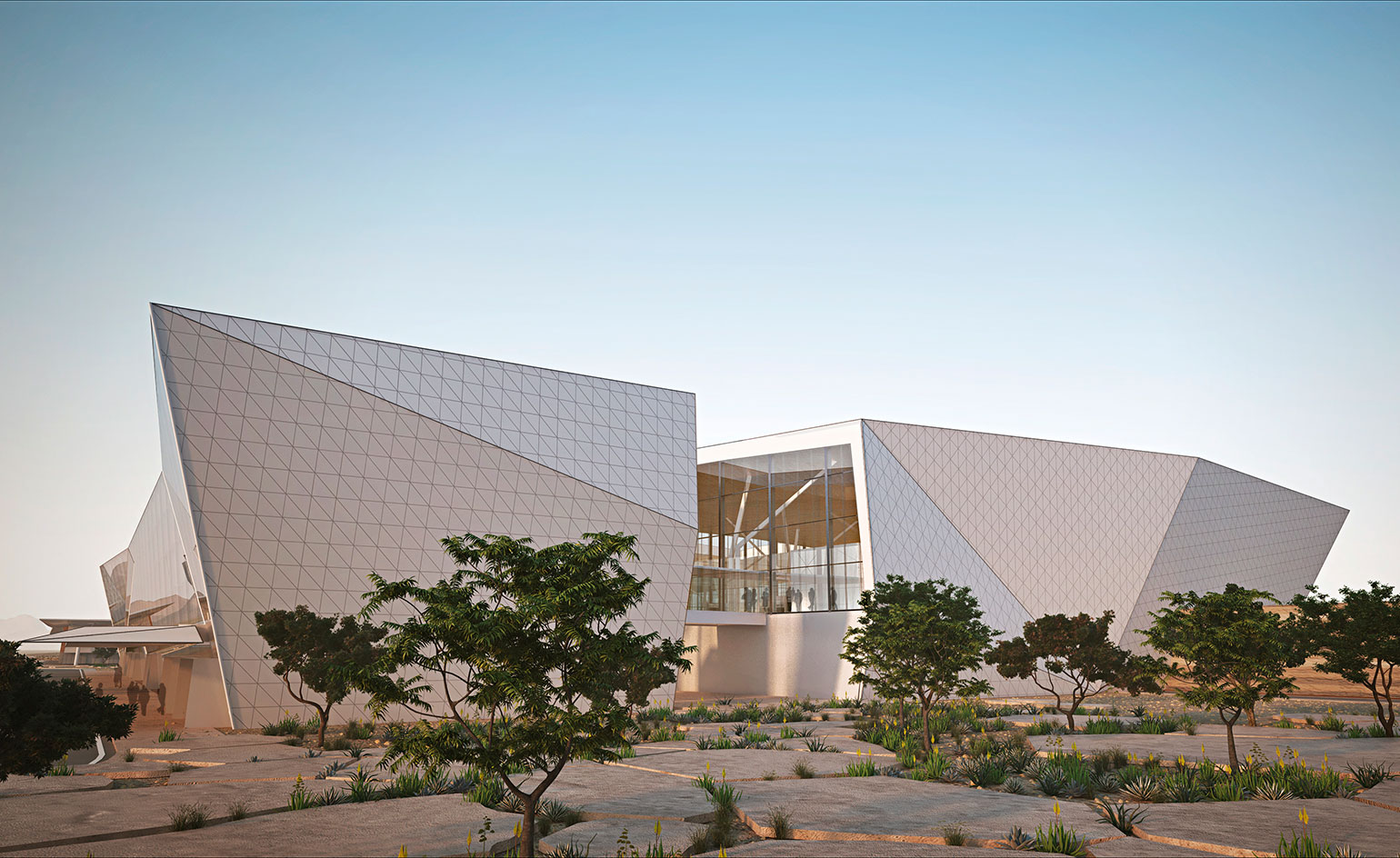
It echoes a desert boulder and was described by the architects as a 'self-shading mass' that is sculpted as a response to the region's elements, as well as internal circulation needs
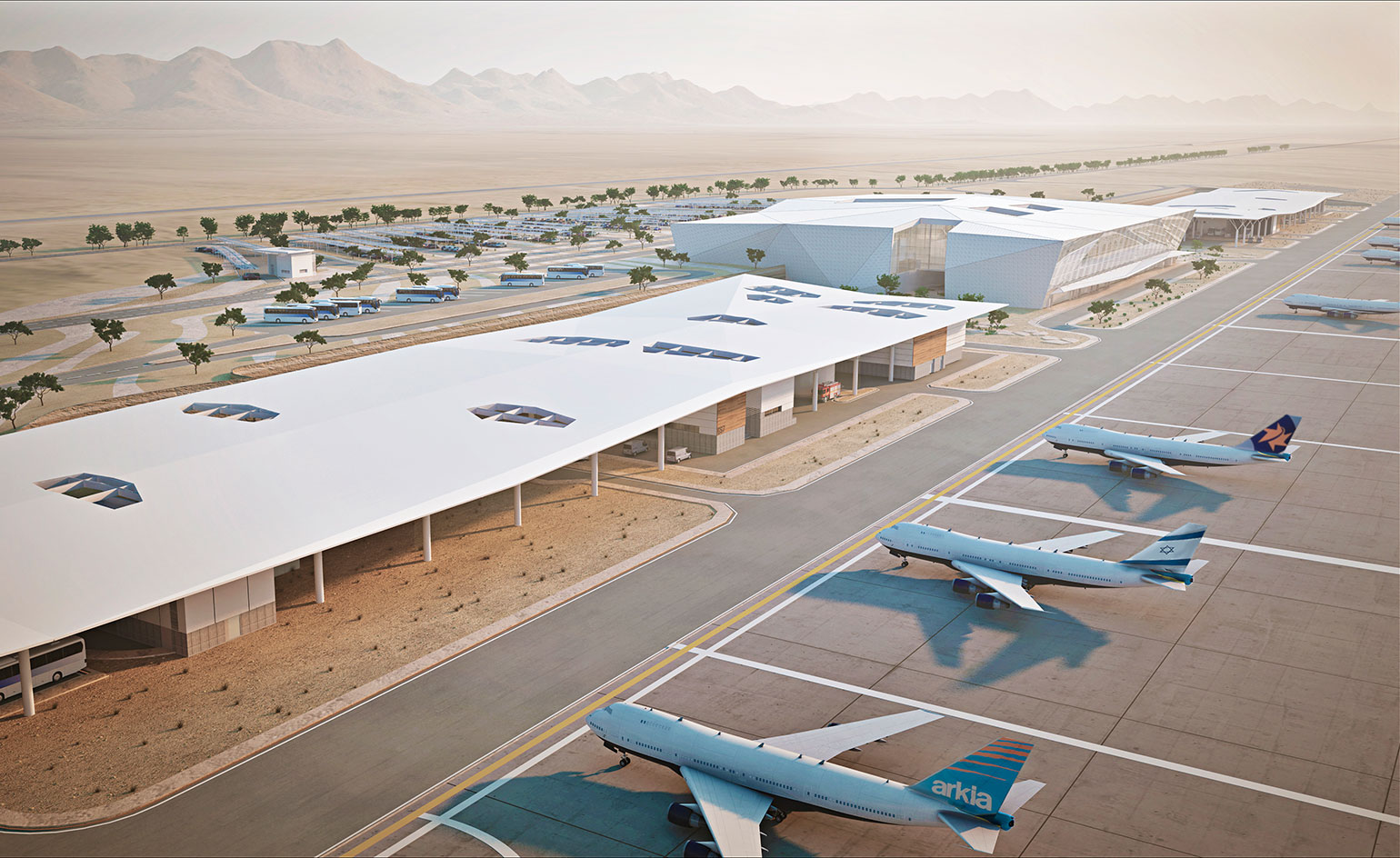
Currently in construction, the airport is planned to serve 2.25 million passengers for its first phase and opening, and 4.25 million in phase two (c. 2030)
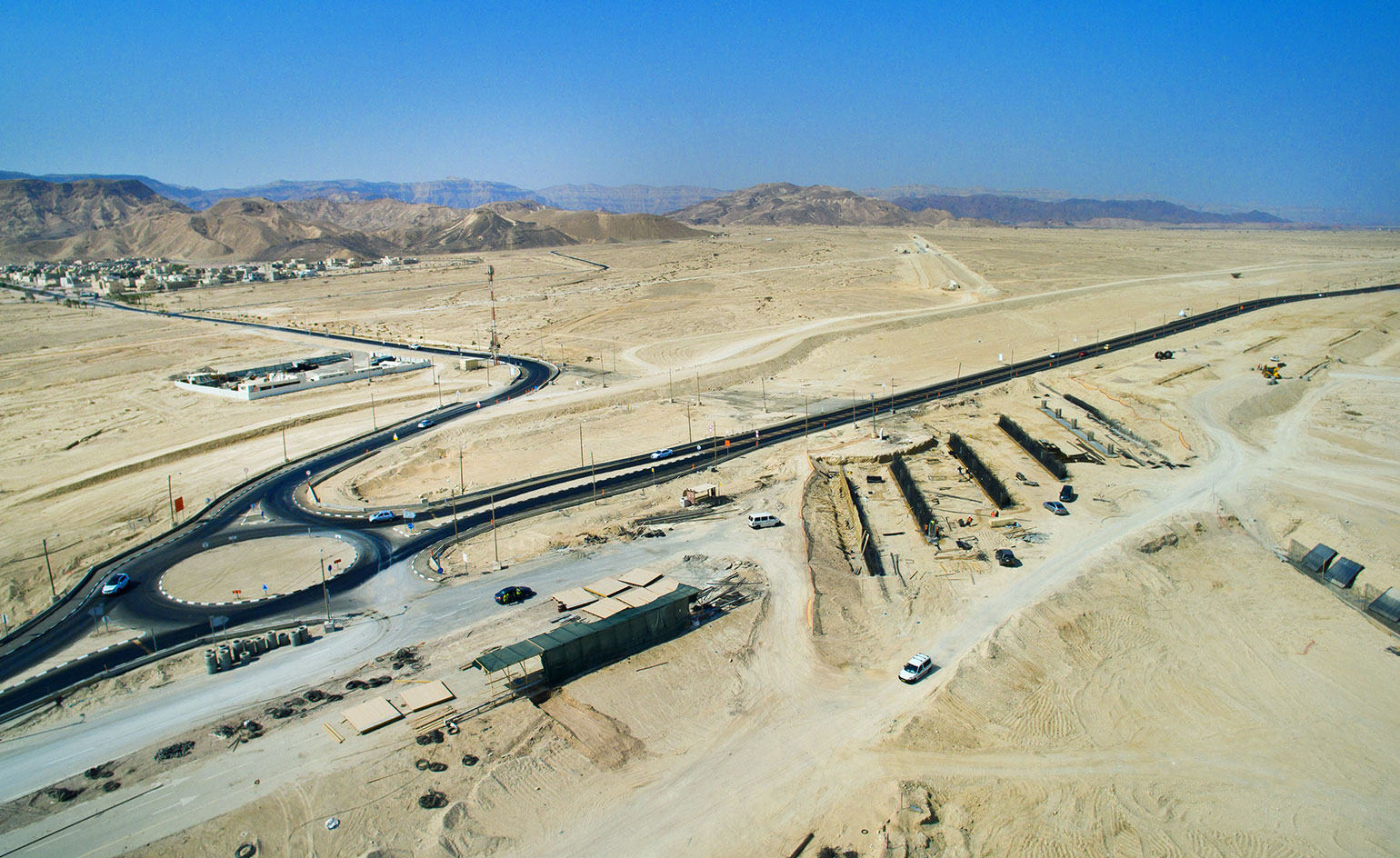
The official opening is currently scheduled for 2017
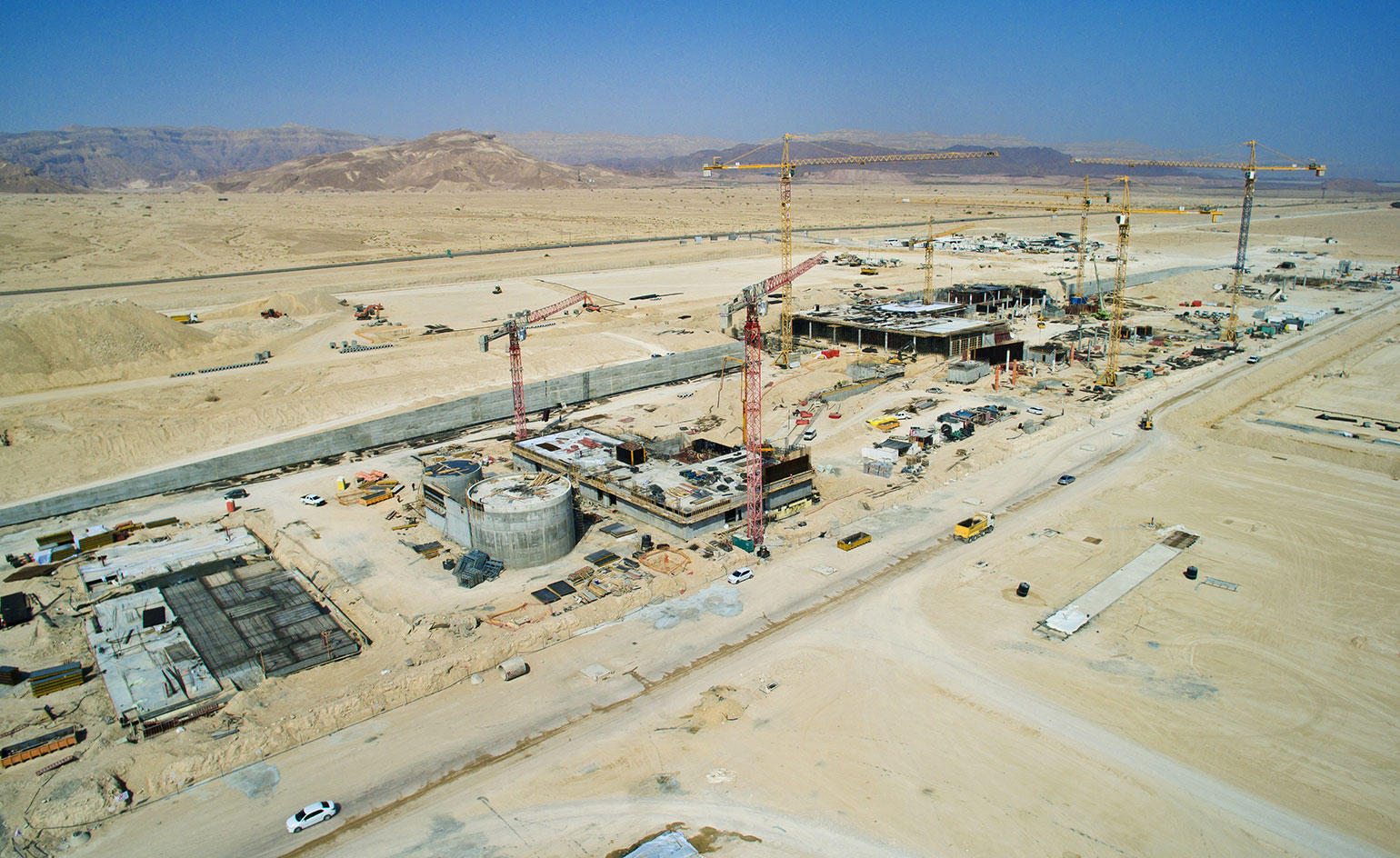
The architects see this as a rare opportunity to create an important piece of infrastructure from scratch
Receive our daily digest of inspiration, escapism and design stories from around the world direct to your inbox.
Daniel Scheffler is a storyteller for The New York Times and others. He has a travel podcast with iHeart Media called Everywhere and a Substack newsletter, Withoutmaps, where he shares all his wild ways. He lives in New York with his husband and their pup.
-
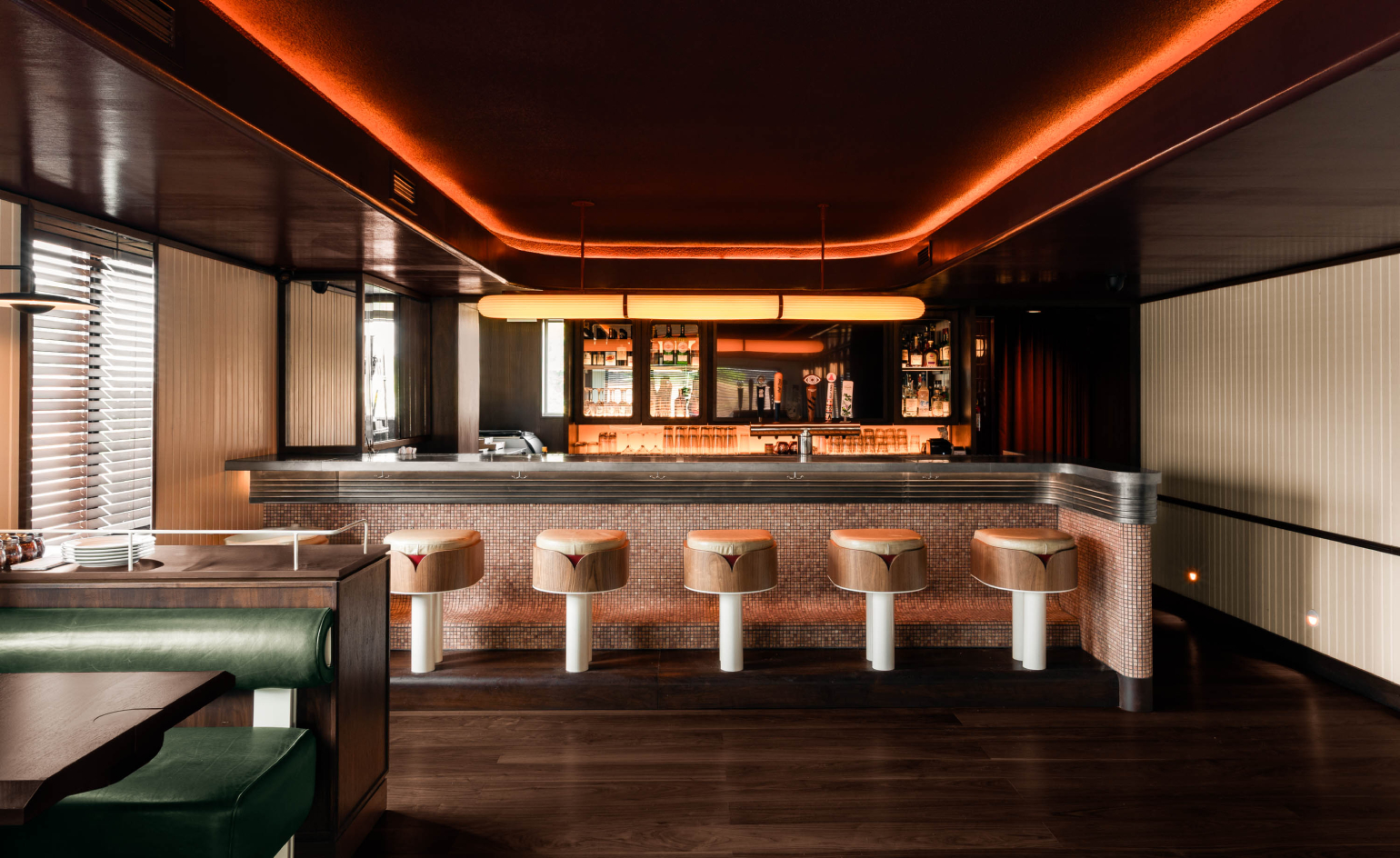 This Toronto pizzeria hides a sultry bar with serious bite
This Toronto pizzeria hides a sultry bar with serious biteNorth of Brooklyn unveils a fresh, two-level outpost where crisp, light-filled minimalism gives way to a warmer, neon-lit upstairs area
-
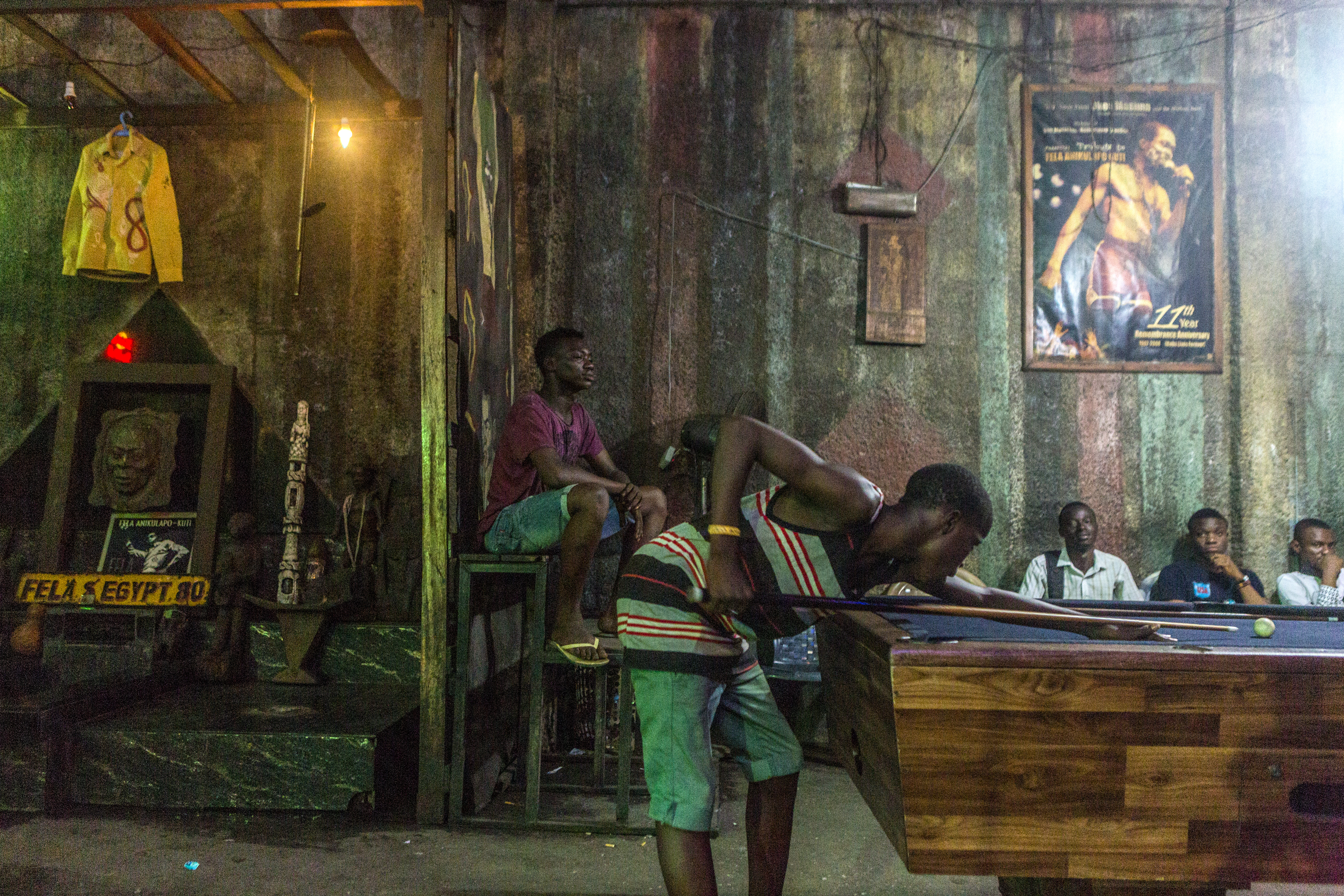 A Lagos exhibition celebrates Fela Kuti's defining sound
A Lagos exhibition celebrates Fela Kuti's defining soundAn exhibition, Afrobeat Rebellion, currently showing at the Ecobank PanAfrican Centre in Lagos, explores the life of Afrobeat father Fela Anikulapo-Kuti
-
 The Architecture Edit: Wallpaper’s houses of the month
The Architecture Edit: Wallpaper’s houses of the monthFrom wineries-turned-music studios to fire-resistant holiday homes, these are the properties that have most impressed the Wallpaper* editors this month
